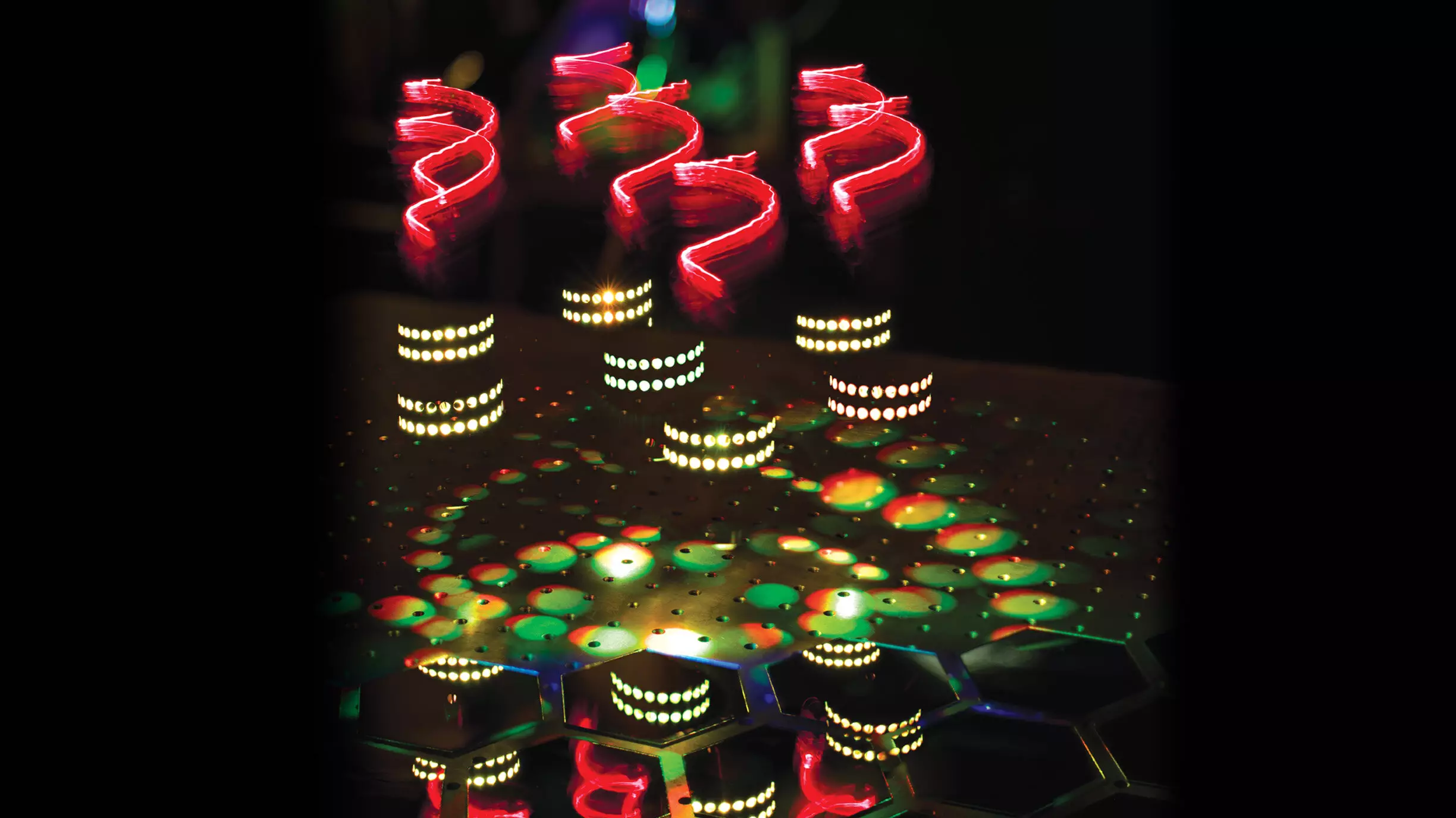Groundbreaking research conducted by scientists at the University of Bath has led to the demonstration of a new optical phenomenon with vast potential applications across various fields. This phenomenon, known as hyper-Raman optical activity, has the ability to revolutionize pharmaceutical science, security, forensics, environmental science, art conservation, and medicine. The team’s findings were published in the prestigious journal Nature Photonics.
Molecules exhibit specific ways of rotating and vibrating, which become evident when they are exposed to light. The traditional Raman effect occurs when light interacts with molecules, causing them to scatter and change color. However, some molecular features remain invisible to this effect. To address this limitation, researchers introduced the concept of hyper-Raman optical activity. This advanced phenomenon occurs when two photons simultaneously impact a molecule and combine to create a single scattered photon with a Raman color change.
Hyper-Raman optical activity offers several advantages over conventional Raman spectroscopy. It can penetrate deeper into living tissue, resulting in clearer images with improved contrast and minimal autofluorescence noise. Additionally, it is less likely to damage molecules during the scanning process, making it a safer and more effective option for molecular analysis. By incorporating tiny metal nanoparticles near the molecules, researchers can significantly enhance the number of hyper-Raman photons, thus maximizing the sensitivity of the technique.
Chirality, the sense of twist exhibited by molecules, is a fundamental property that plays a vital role in various biological processes. While traditional Raman spectroscopy falls short in detecting chirality, hyper-Raman optical activity has the potential to provide three-dimensional information about molecular structures, revealing their chirality. Despite initial skepticism regarding the measurability of this effect, researchers successfully demonstrated the concept of hyper-Raman optical activity in their experiments.
The newfound ability to analyze molecular chirality using hyper-Raman optical activity opens up a myriad of possibilities in different sectors. In pharmaceutical science, this technique can help assess drug composition and ensure product quality. It can be utilized in security and forensics to authenticate products and detect counterfeit items. Moreover, hyper-Raman optical activity has promising applications in identifying illegal substances at customs checkpoints and crime scenes. Environmental scientists can benefit from its use in detecting pollutants in air, water, and soil samples. Additionally, the field of art conservation can leverage this technology to analyze pigment compositions and aid in restoration efforts. Furthermore, in the medical field, hyper-Raman optical activity can assist in diagnosing diseases by detecting molecular changes induced by various ailments.
The successful demonstration of hyper-Raman optical activity represents a significant milestone in the field of analytical chemistry and spectroscopy. While there is still much work to be done before this technique becomes a standard analytical tool, the researchers are optimistic about its potential impact on scientific advancement. Collaborations with industry partners, such as Renishaw PLC, a leading manufacturer of Raman spectrometers, will further drive the development and adoption of hyper-Raman optical activity. The researchers hope that their pioneering work will inspire future generations of scientists and emphasize the importance of long-term scientific collaboration and dedication.
The discovery of hyper-Raman optical activity showcases the power of interdisciplinary research and the potential of innovative scientific techniques to transform various sectors. By shedding light on previously unseen molecular properties and structures, this phenomenon opens new doors for exploration and understanding across a wide range of fields.


Leave a Reply